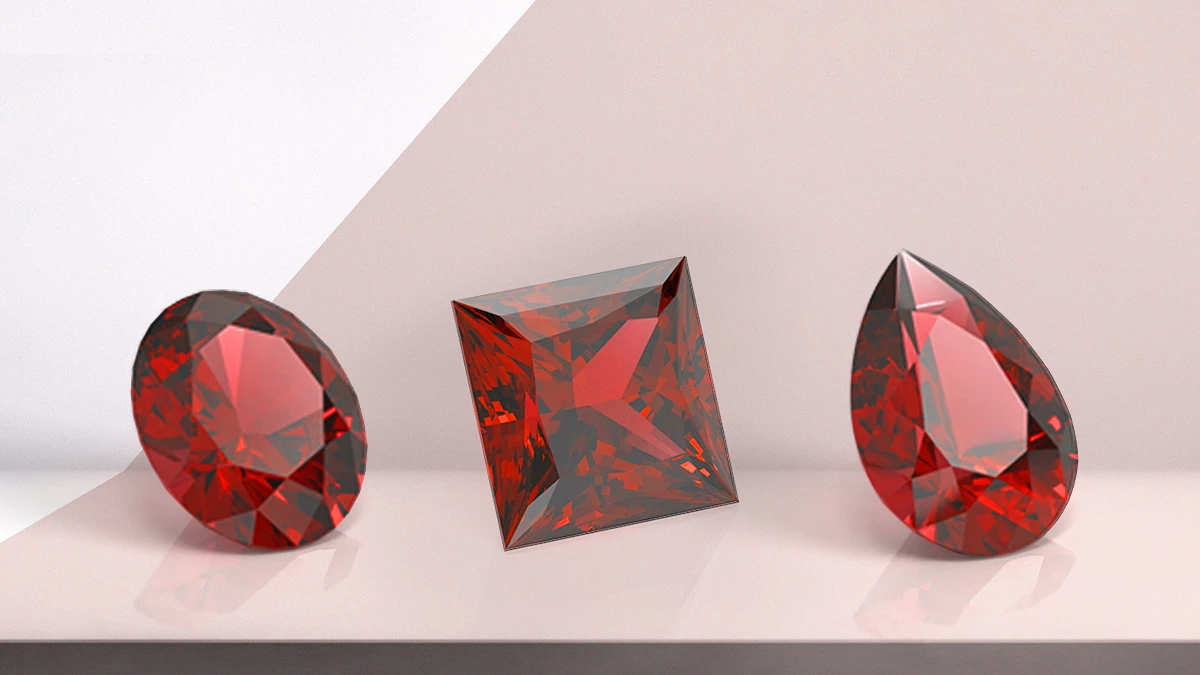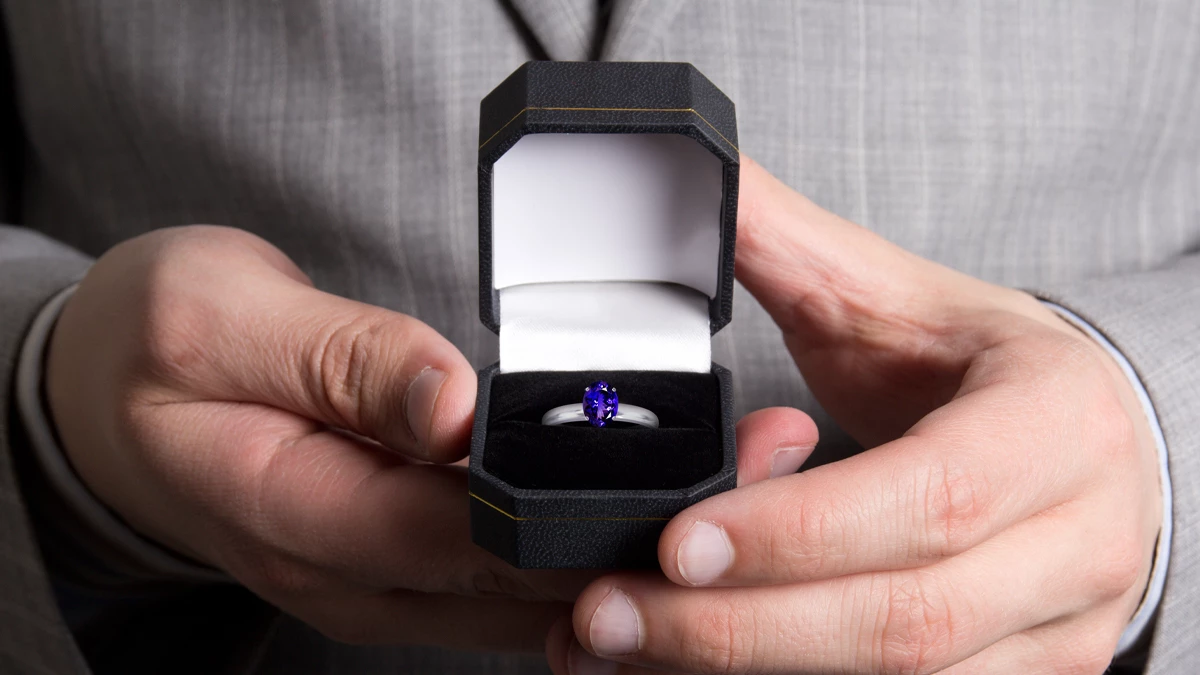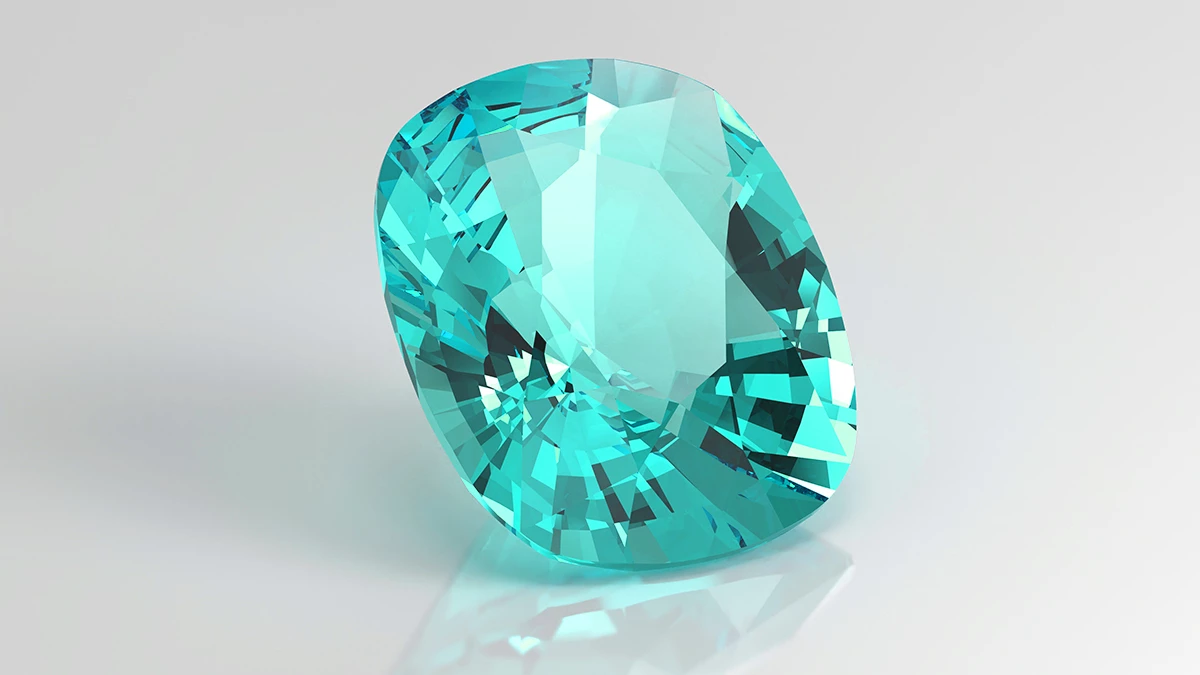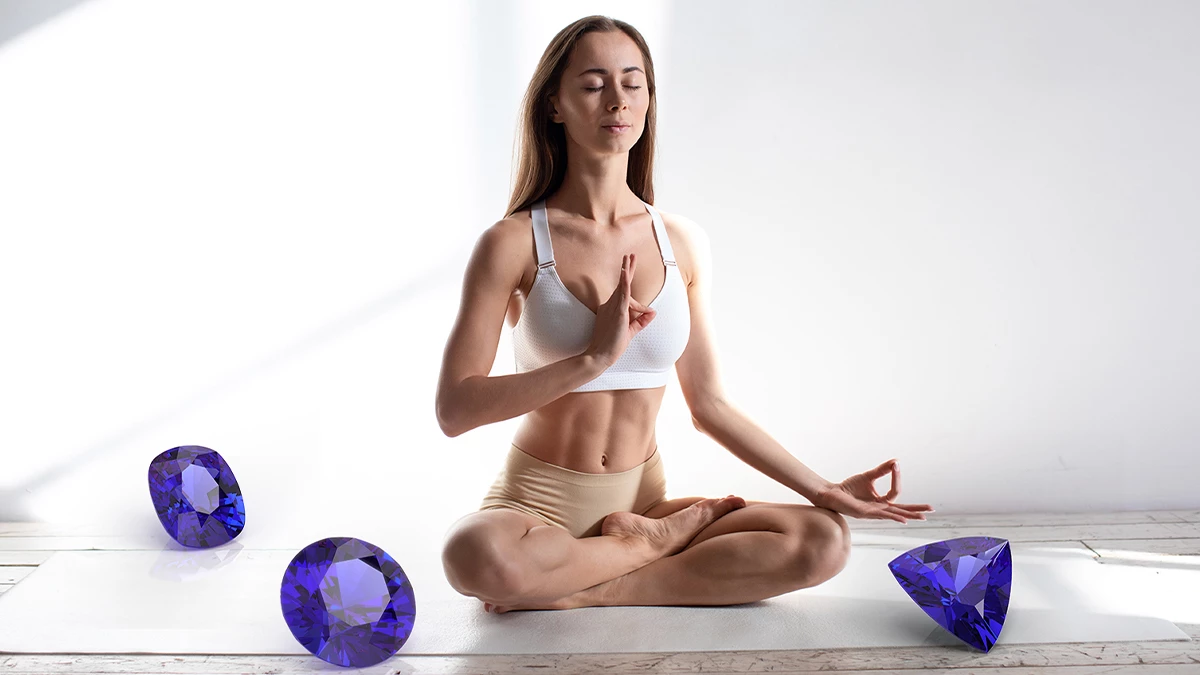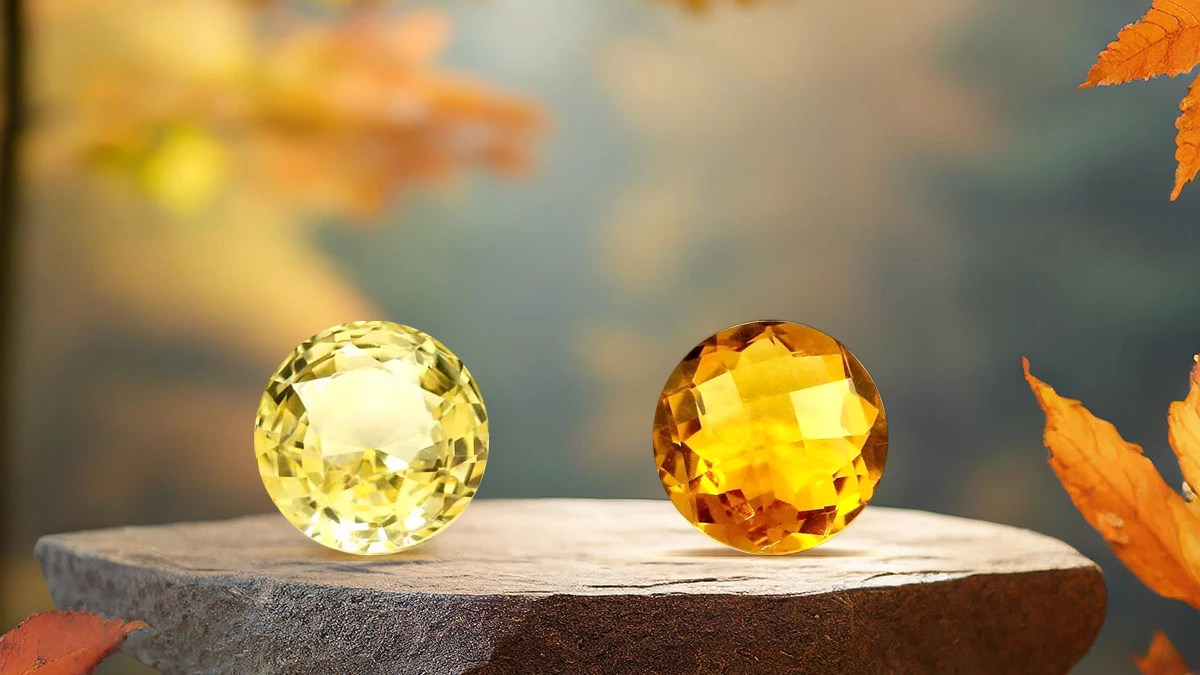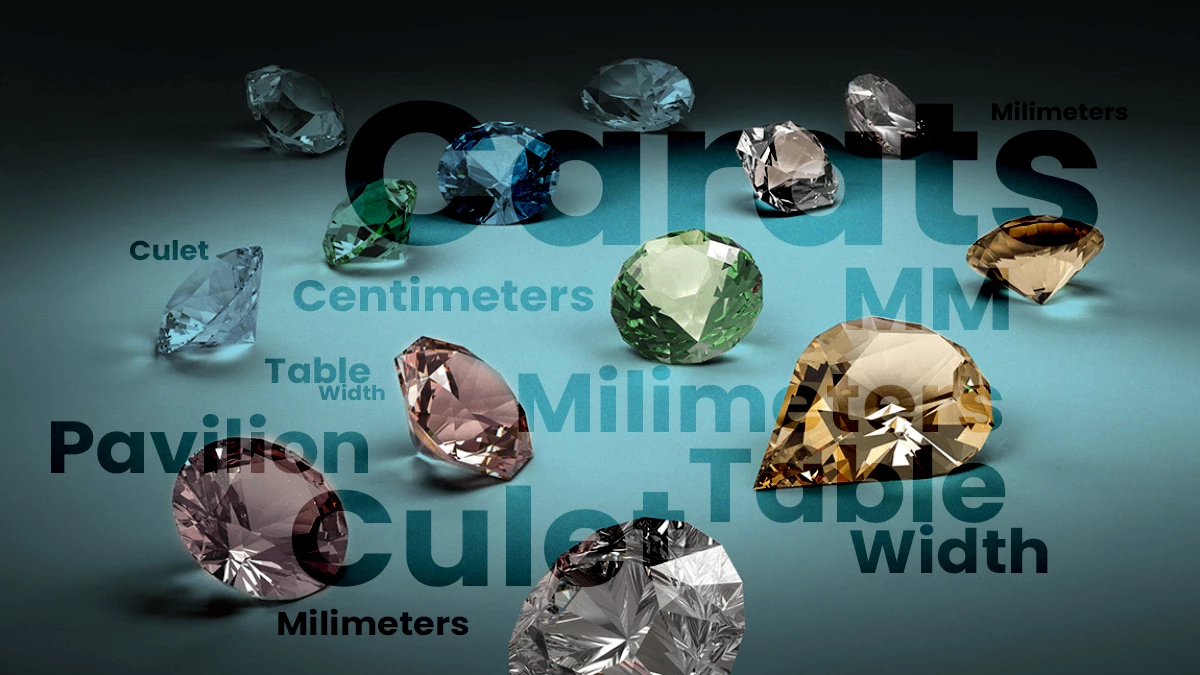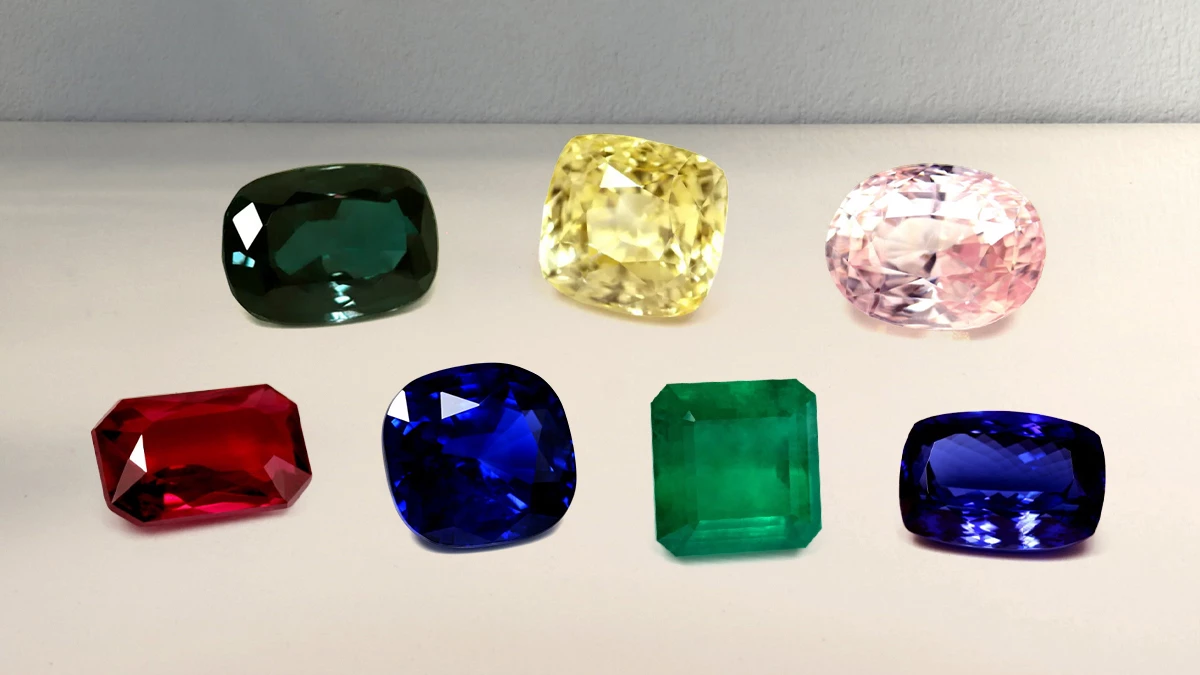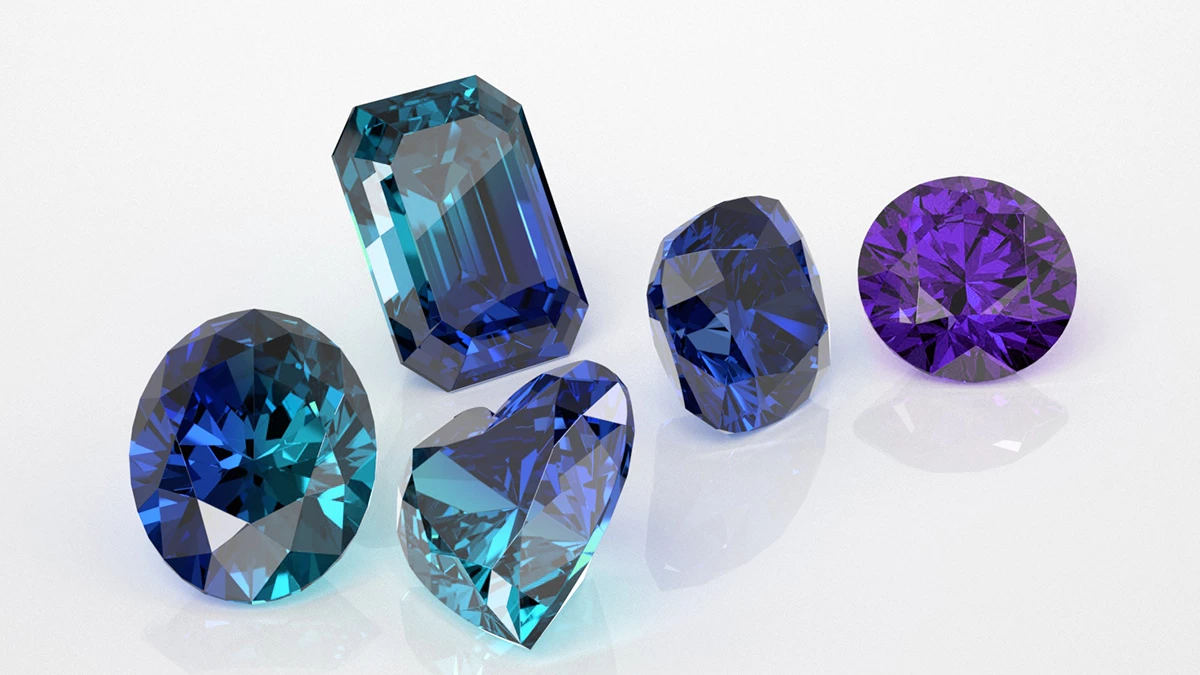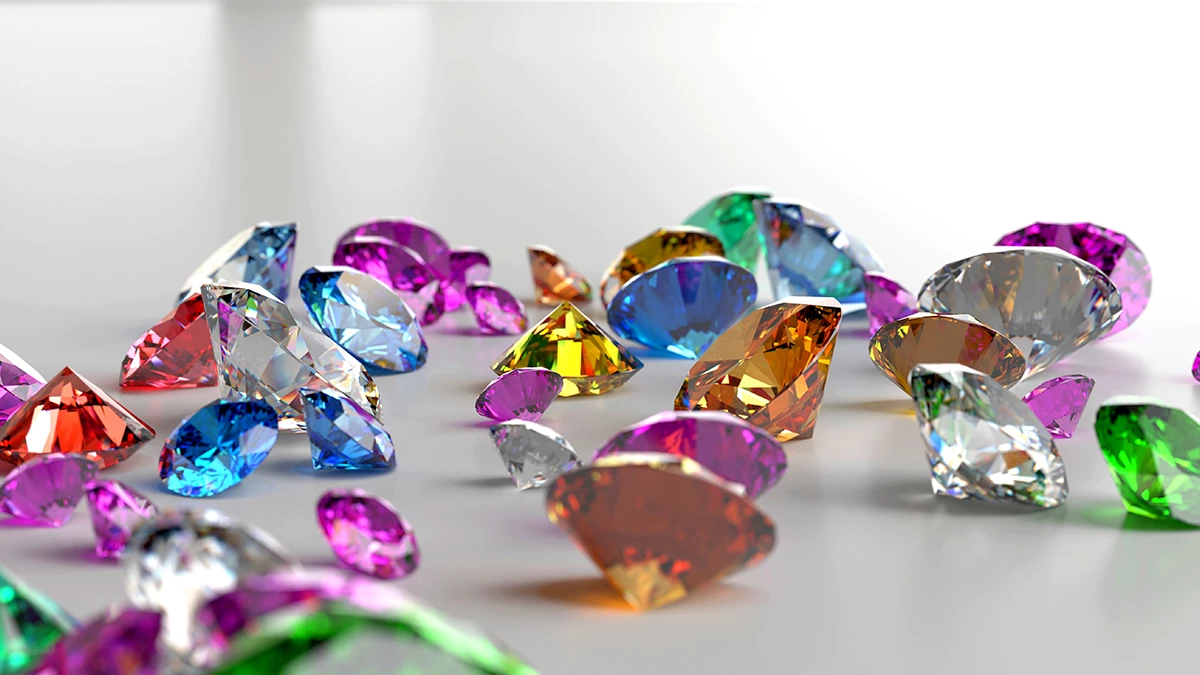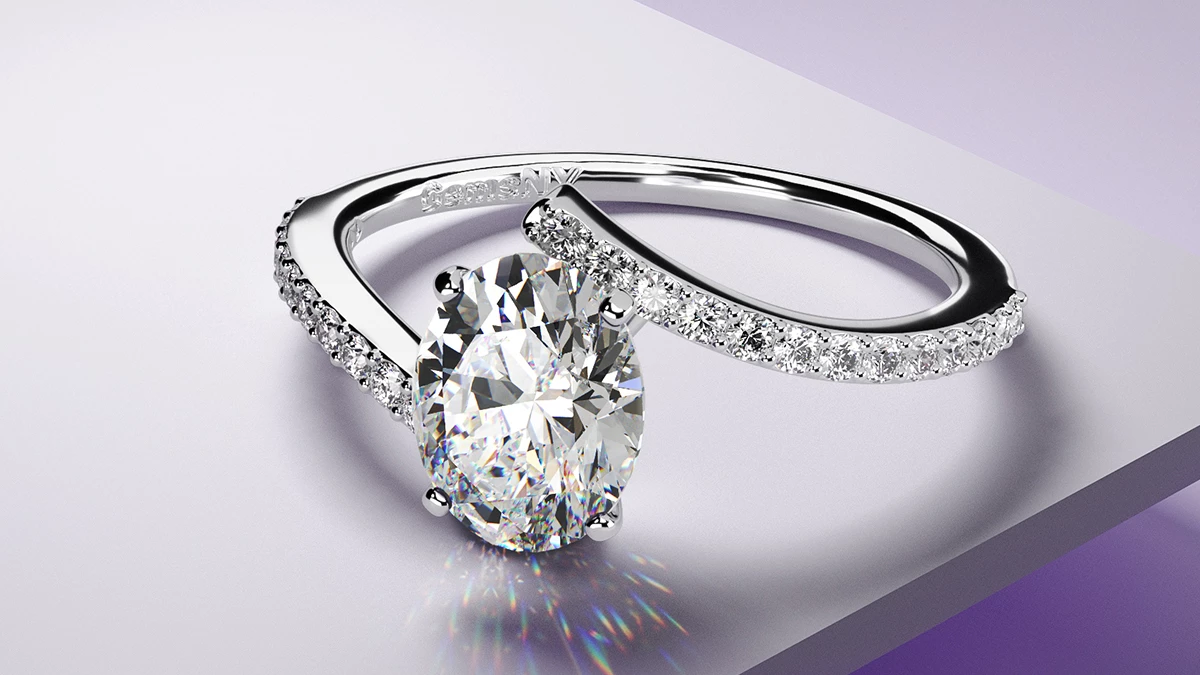The extreme summers make July quite perspiring throughout the southern hemisphere. But the July-born know how to chill out in the glaring sun’s flaring heat with the July birthstone jewelry treats. Yes, you read it right. In the exciting world of precious jewels, the seventh month of the calendar is synonymous with super energetic rubies.
A ruby gemstone is the official birthstone for all individuals born in July. Besides, rubies are advocates of love, loyalty and commitment. So, regardless of your birth month, you can offer your sincere heart to your life partner with ruby rings. In this article, we will learn more interesting facts about these scarlet beauties.
Historical Significance of “The King of Precious Gemstones”
The July birthstone finds its reference in the Holy Bible and various ancient texts. According to ancient civilizations and cultures, the stone possessed mystical abilities to predict any dangerous or unfortunate situation. It was also believed that a ruby gemstone could put anguished minds at ease while curing several bodily diseases.
In some cultures, rubies were associated with youthfulness and power. For instance, the warriors from Myanmar would keep rubies by their side to win over their enemies on the battlefield. The medieval age Europeans, on the other hand, favored the gems for bringing wisdom, success, good health and wealth. They also believed that wearing a ruby gemstone would keep the wearer’s temper in check and control negative emotions.
Symbolism Associated with the July Birthstone
Ruby, the July birthstone, takes after the Latin term “ruber” which means “red” in English. Similar to the red hues of the life-sustaining fluid, rubies represent power, strong will, vitality and protection.
These vibrant gems also paint an image of heartfelt love, intense passion and undying romance. Besides, they are associated with intellect, good luck and abundance. Apart from being the July birthstone, rubies are also given as congratulatory gifts to couples celebrating their 15th and 40th wedding anniversary.
.webp)
Decoding the Red Color of the July Birthstone
Rubies get their hypnotic red color from the traces of the chromium element in the base mineral corundum. It gives the July birthstone its unique identity amongst the rest of the corundum species, known as sapphires.
Coming back to the red color, there could be several tones of it depending on the amount of chromium element. In general, the more the presence, the darker the red color. Also, a bright fluorescence is visible in the areas of higher concentration when the stone is placed under ultraviolet light.
An ideal ruby gemstone exhibits pure red hues with strong to vivid saturation and tones ranging from medium to dark. The finest quality stones possess deep red shades with a purple tinge, widely known as the “pigeon blood red” rubies. At the same time, you may find the ruby gemstone displaying undertones of pink, orange and violet.
Tracing the Origin of Ruby Gemstone
Burma (now Myanmar) is recorded as the oldest (more than 500 years old) and the richest ruby reserves. In particular, the Mogok region was abundant in excellent-quality rubies.
Later, by the end of the 1900s, Vietnam emerged as an alternate source of natural rubies. The Luc Yen area in the north and the Quy Chau region in southern Vietnam produced red to purplish-red rubies. The border region between Cambodia and Thailand was also home to natural rubies for several years in the 20th century.
In the contemporary world, Mozambique is also one of the largest producers of rubies. Likewise, Sri Lanka, Afghanistan, Pakistan, Tajikistan, Kenya, Madagascar, and Tanzania are known for their rich ruby mines.
Considering Durability & Affordability When Shopping for Ruby Jewelry
Ruby, the July birthstone, is considered one of the most valuable precious gemstones along with diamonds, sapphires and emeralds. Within the category, the “pigeon blood” stones and those producing fluorescence effects command the highest price. Similarly, an eye-clean and untreated ruby gemstone is valued higher than an included or treated stone. Also, the price rises with the increase in the carat weight.
As for durability, rubies are tough to deal with, says their 9/10 score on the Mohs hardness scale. It means they are resistant to scratching and chipping, and hence convenient to wear 24/7. This makes a ruby gemstone highly sought-after in engagements or wedding rings as a souvenir of true love.
.webp)
Lab Grown July Birthstone
Lab-cultured rubies are artificial alternatives to naturally occurring rubies. These lab-grown variants share the exact physical, chemical and optical composition as that of their natural counterparts.
Moreover, these gems are comparatively lower in price and can be produced in large quantities with decent color and clarity. And most importantly, you can always choose an artificial ruby as your July birthstone jewelry. So, you need not break your bank by purchasing a natural one.
Parting Words
Rubies give off vintage vibes with their historical connection but are still coveted by the youth for their refined beauty. Additionally, the passionate hues of the July birthstone rekindle romantic relationships and fill void hearts with infinite affection.
You can also walk the evergreen path of love with our preset collection of natural ruby rings for women. Curate your favorite pick in yellow, rose or white gold, or platinum. You can also shop for preset ruby jewelry including women’s earrings, pendants and bracelets. Once you do that, do share your buying experience on GemsNY reviews.
